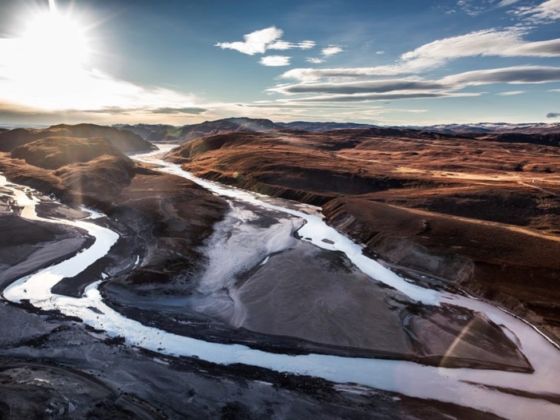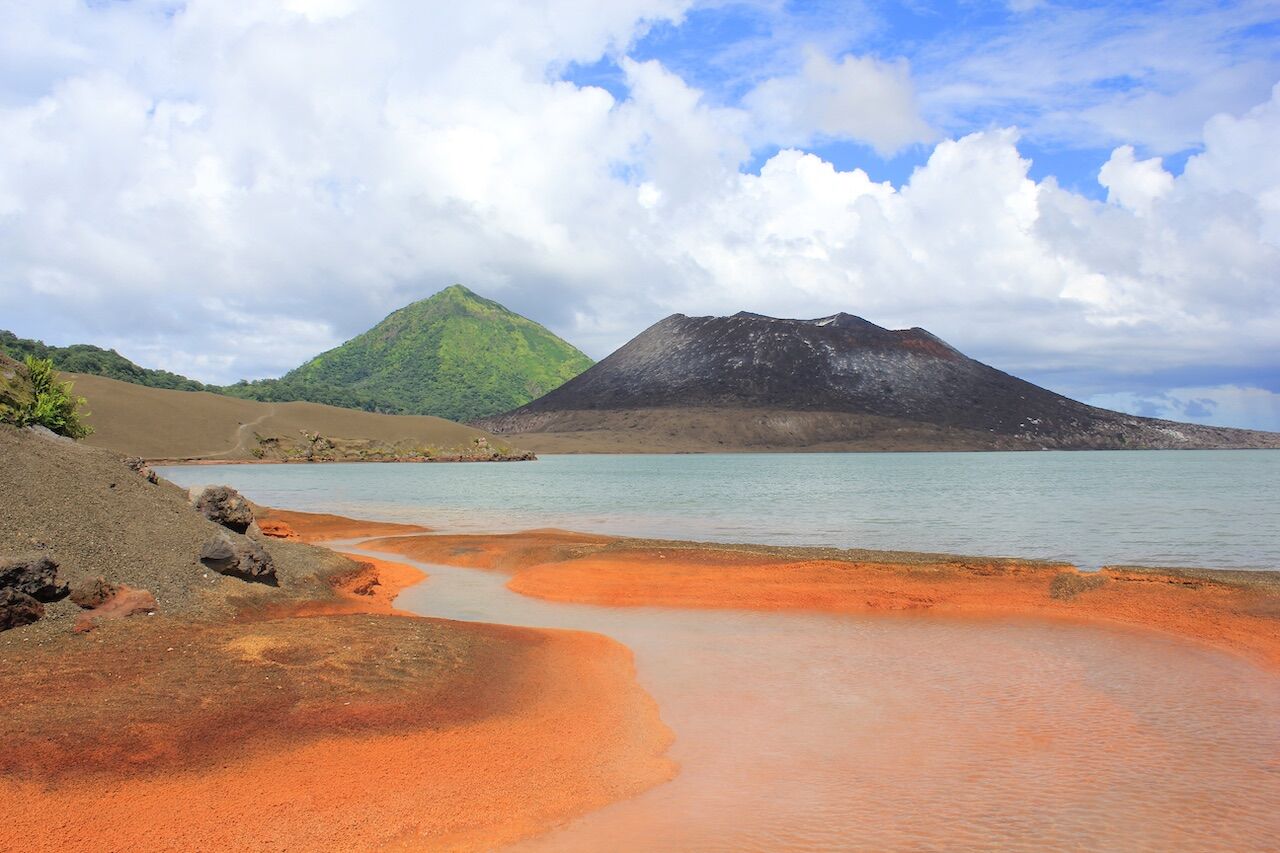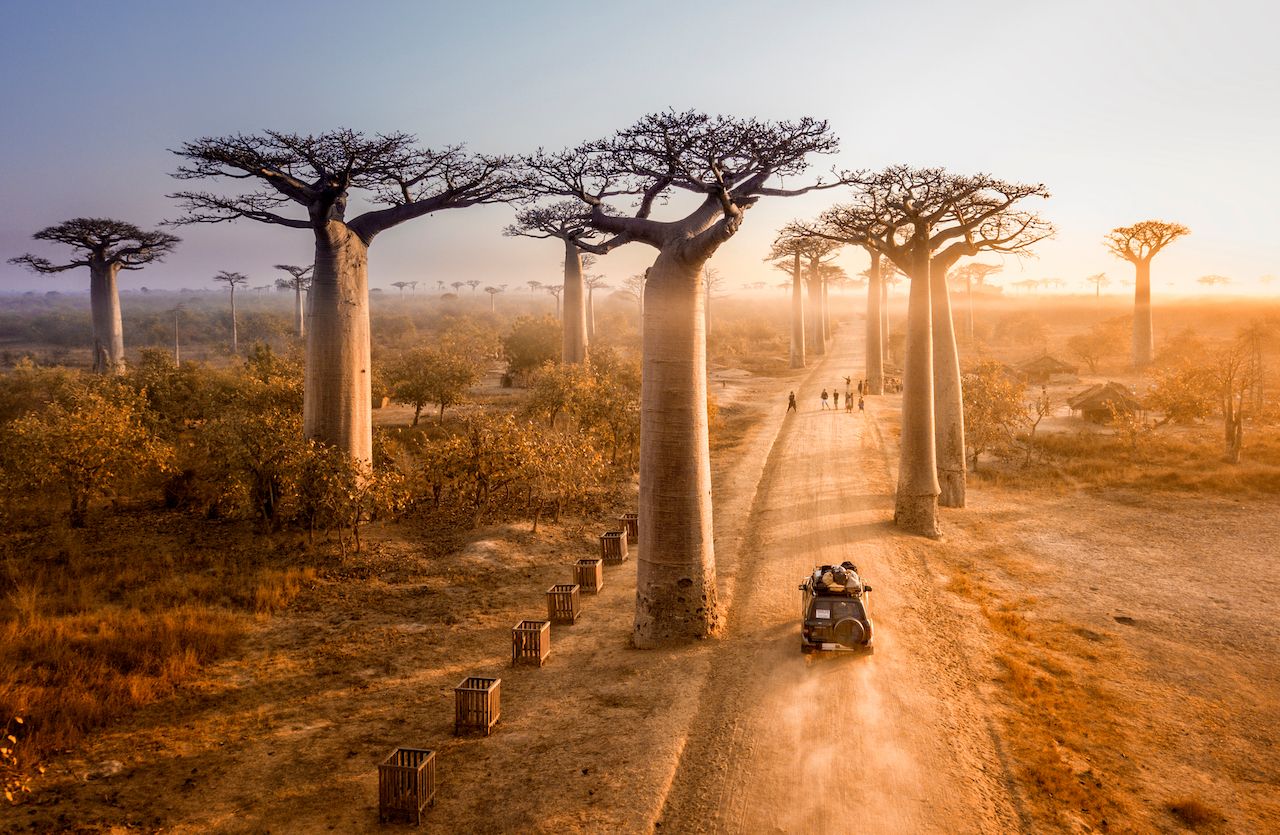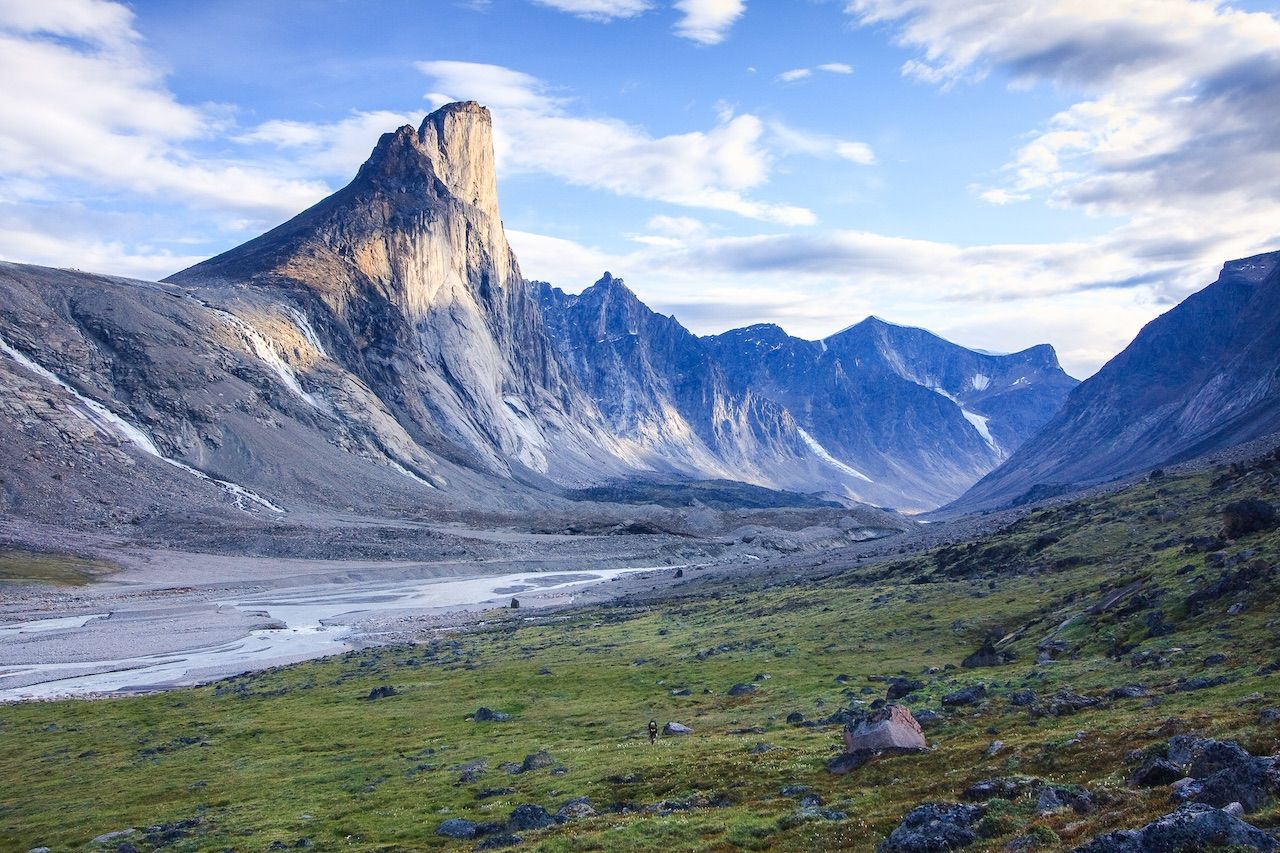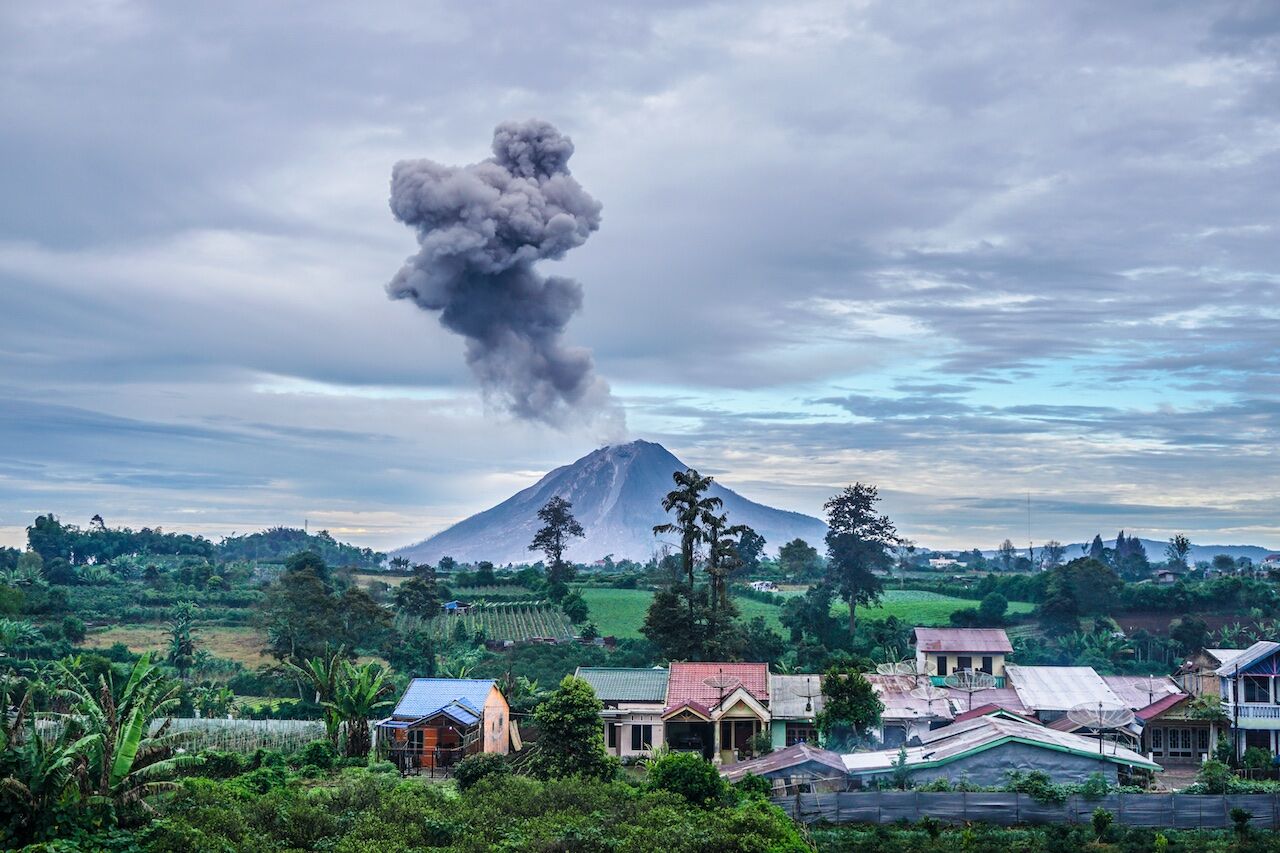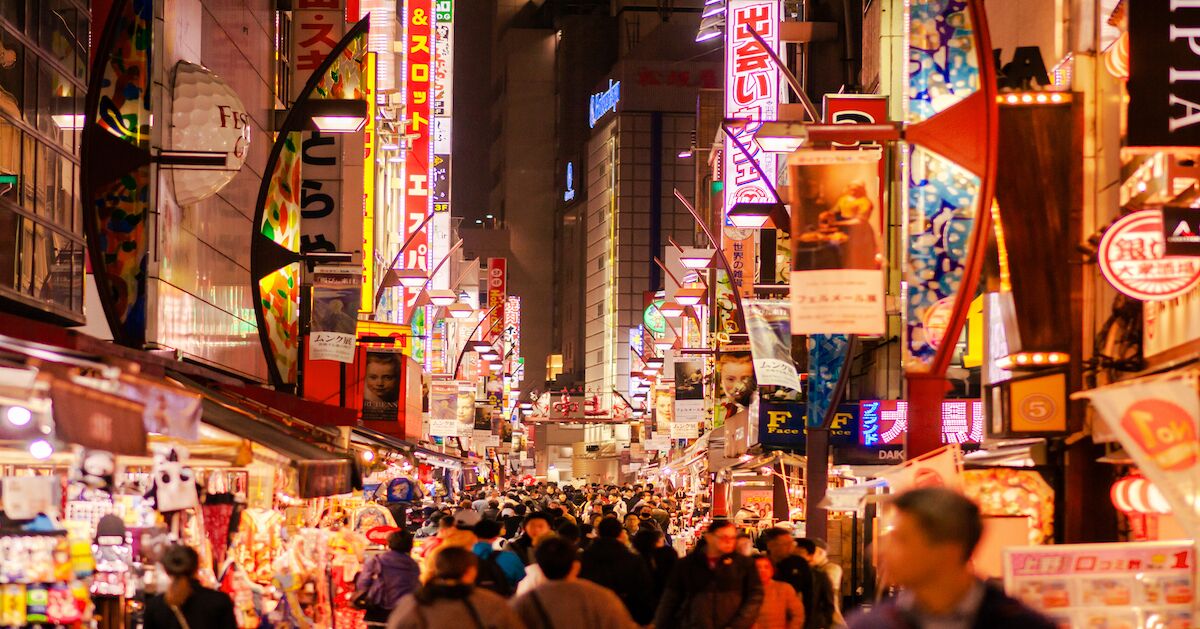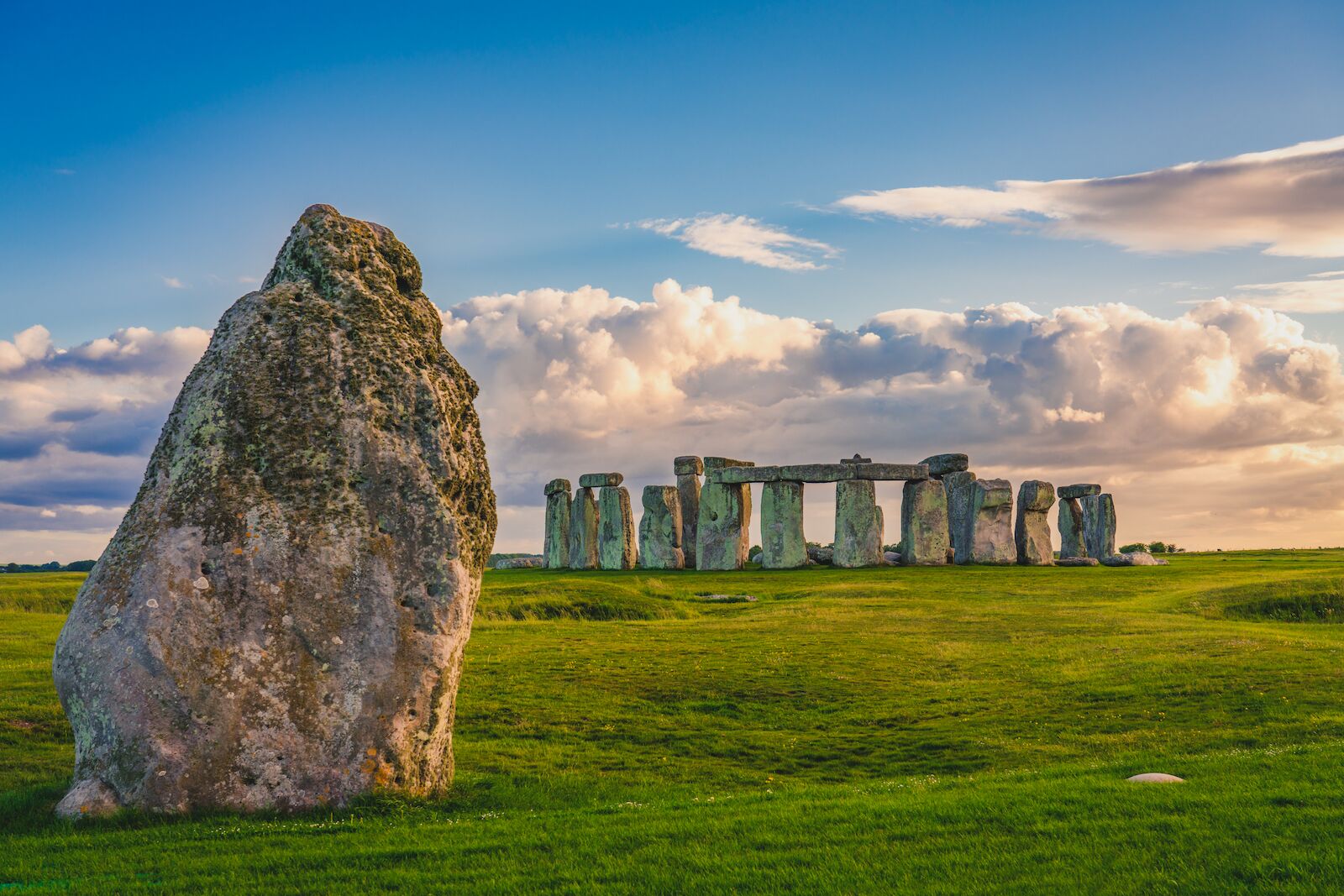I was raised by the sea and naturally find myself gravitating towards it again and again. At the same time, I enjoy sprawling lands that offer anonymity. The best of both worlds can be found on some of the biggest islands in the world.
1. Greenland
Area: 2,130,800 sq km (822,700 sq miles)
Population: 56,483
Population density: 0.028/km2 (0.1/sq miles)
Location: North America (Denmark)
Discounting continental landmasses such as Afro-Eurasia, Americas, Antarctica and Australia, Greenland is the largest island in the world — and the least densely populated territory. Sandwiched between the Arctic and Atlantic oceans, Greenland has often been seen as an inhospitable land amid even more inhospitable waters, but is now known to be an adventure tourism destination.
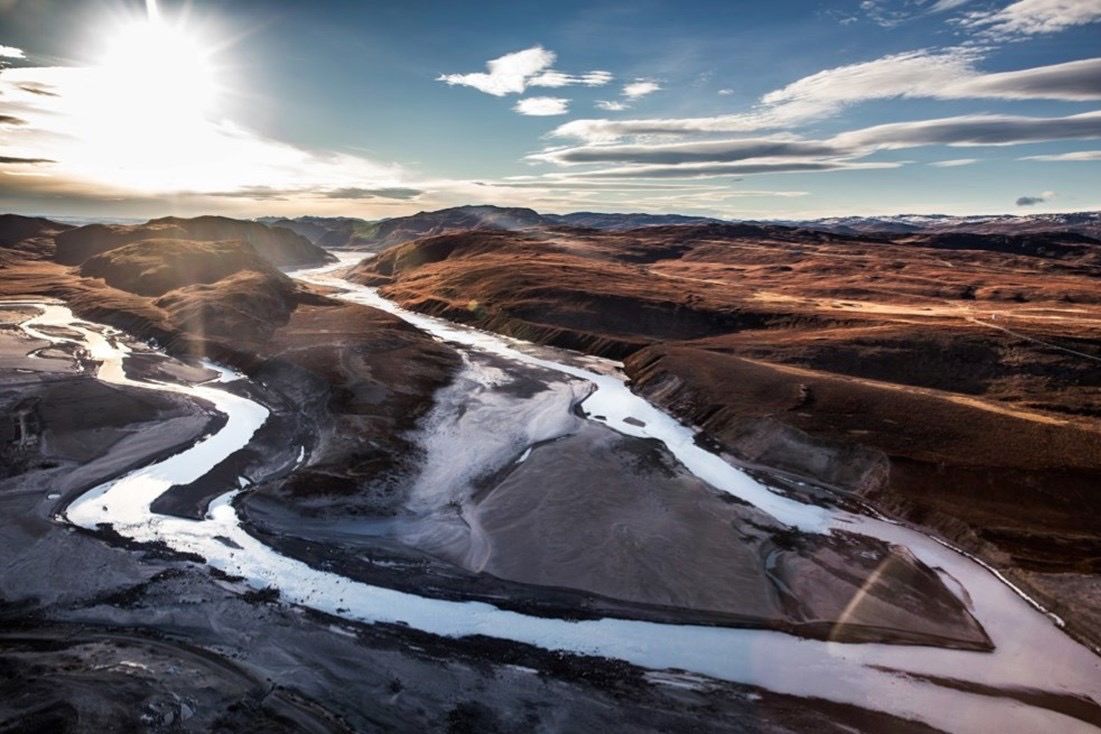
Photo: Visit Greenland
The state-owned tourism agency Visit Greenland promotes whale watching, local culture, winter sports and hiking for visitors.
